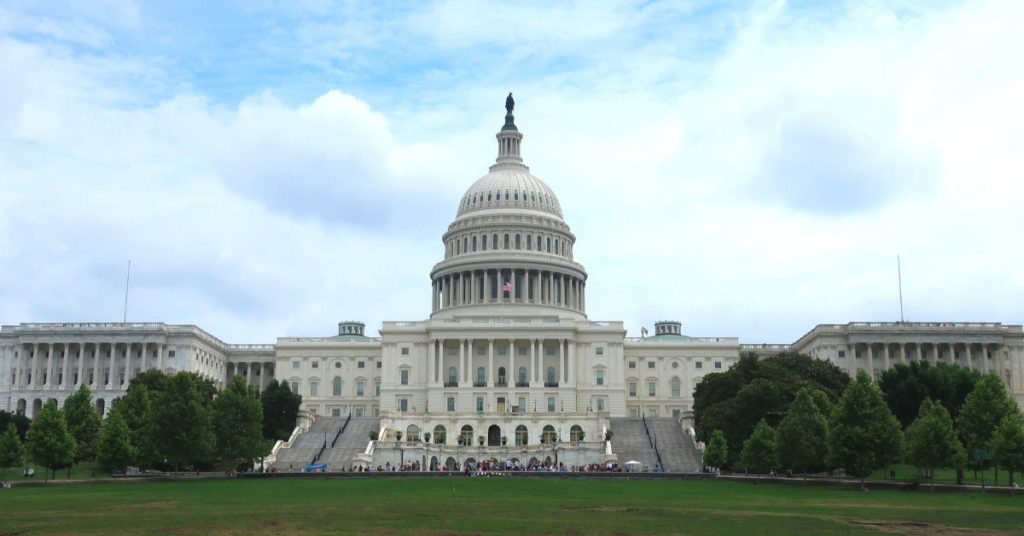 Here is what we think we know about the bipartisan COVID-19 stimulus / relief bill that we expect the Senate to pass today. Let me be clear that lawmakers reached a deal—but the legislative text is not yet complete. Legislative staff members are working to fill in all the blanks on the agreements in order to have a full bill to move to the floor today. Some of these details may change in the final version.
Here is what we think we know about the bipartisan COVID-19 stimulus / relief bill that we expect the Senate to pass today. Let me be clear that lawmakers reached a deal—but the legislative text is not yet complete. Legislative staff members are working to fill in all the blanks on the agreements in order to have a full bill to move to the floor today. Some of these details may change in the final version.
We will be updating this blog post throughout the day as we receive more details.
- Cash payments: The bill provides a one-time stipend of about $1,200 per individual making up to $75,000, $2,400 for couples making $150,000 or less, and $500 per child. The payment will be reduced gradually as incomes rise. Individuals who make up to $99,000 and couples making up to $198,000 would receive less. Though still unsure, we believe that the provision that reduced payments for those with very low incomes has been struck from the bill.
It’s not clear yet how these payments will be made. As we have pointed out before, one of our fears about including more money through a cash payment system is that the mechanism for making the payment is new and will take time to set up. It is especially hard to send payments to those whose income is so low that they do not have to file to pay income taxes. We will monitor this situation and may encourage the media and our grassroots allies to encourage everyone to file for their cash payment. - Unemployment benefits: The bill adds $600 per week to normal state benefits for up to four months with an extra 13 weeks of benefits—adding to 39 weeks of regular unemployment insurance through the end of 2020 for people who lose their jobs due to COVID-19. The funding was set at a level that would replace the full salary of furloughed workers for four months. Furloughed workers would get whatever amount a state usually provides for unemployment, plus a $600 per week add-on, with the self-employed and gig workers like Uber drivers covered for the first time.
- Small businesses: There is $367 billion for small businesses to keep making payroll while workers have to stay home. “Companies with 500 or fewer employees could tap up to $10 million each in forgivable small business loans to keep paychecks flowing,” AP notes. Federally guaranteed loans will provide eight weeks of assistance for qualifying employers who maintain payroll. Those who meet requirements would have costs such as utilities, mortgage interest, and rent forgiven. There are also $10,000 emergency grants available through the Small Business Administration.
- $500 billion loan fund to help struggling industries: This is the Republicans’ top priority and has been a center of contention in the negotiations with Democrats calling it a “slush fund” for corporate giveaways. Initially, the proposal included very little oversight or transparency in terms of how companies would be allowed to use the money. The final version will include much more oversight. It will create a dedicated inspector general and a five-member congressional committee to ensure business loans are used appropriately rather than to boost CEO pay or finance stock buybacks. The tentative breakdown of the $500 billion is as follows: $425 billion is supposed to go to businesses, cities, and states. An additional $50 billion would go to passenger airlines, $8 billion more for cargo airlines, and an additional $17 billion would be directed to firms that are deemed important to national security. These amounts could change.
- Healthcare: Democrats are calling this the “Marshall Plan” health care. The final agreement will include more than $150 billion which includes increased funding for hospitals and health systems, and billions more into critical investments such as personal and protective equipment for health care workers, testing supplies, increased workforce and training, new construction to house patients, the Strategic National Stockpile, and medical research into COVID-19. There’s also more than $10 billion for Indian Health Services and other tribal programs.
- Social Safety Net: There’s another $100 billion for social safety net programs like public health providers, including hospitals, the CDC, child nutrition, the food stamps program ($15.6 billion more), and transportation agencies.
- Delayed payroll tax payments: Businesses would be able to delay payments of their 2020 payroll taxes until 2021 and 2022.
- State, tribal, and local coronavirus $150 billion relief fund: This was included at the insistence of Democrats. Our very rough estimate is that Pennsylvania state and local governments will receive $6 billion from this fund.
- Emergency education funding: $30 billion.
- Emergency transit funding: $25 billion.
- Disaster relief fund for state, local, and tribal governments:$30 billion. We believe that this is in addition to the $150 billion noted above but are checking to be sure.
- Businesses controlled by the president, vice president, members of Congress,
and heads of executive departments: These will be prohibited from receiving loans or investments from the Treasury.
We do not know when or how the House will pass the bill. Speaker Pelosi would like to pass it through unanimous consent which would only require two members to appear at the Capitol. But in the likely event that one or more members object, the House will most likely have to reconvene.